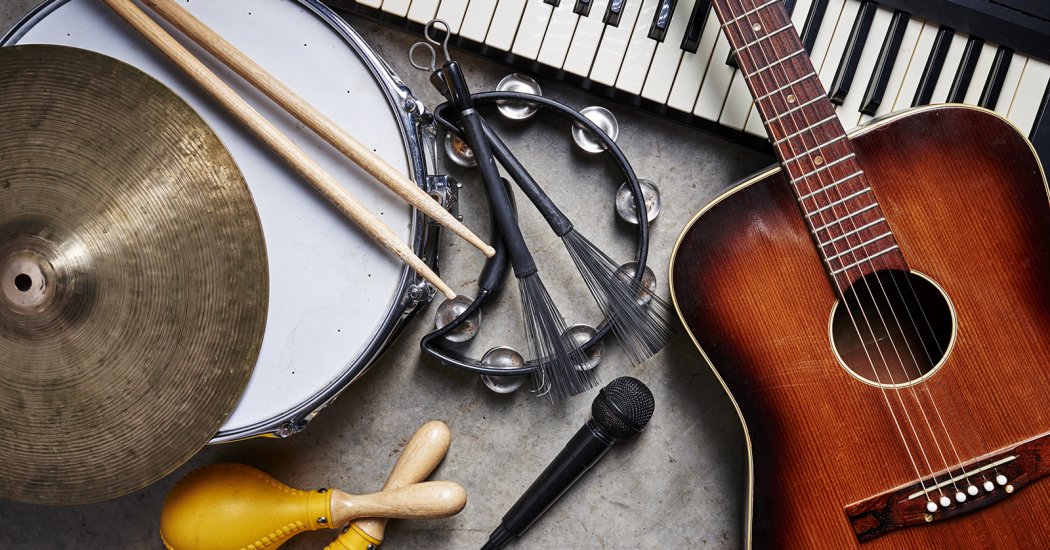
Even with great-sounding individual parts on skillfully played instruments, when the parts are combined, it’s easy for a band to sound terrible.
Perhaps you’ve experienced this scenario. Everyone arrives at rehearsal excited about the parts they’ve prepared on their own. But, at the downbeat, what sounded good individually results in a frustratingly muddy sonic jumble.
The lyrics become indistinguishable. Subtle musical nuances are lost. Although the audio engineer at the sound console works hard to create separation between each instrument, this impossible task is made even more difficult by the reverberating echo common to many church auditoriums. Using the limited time during the rehearsal doesn’t seem to get anywhere. Then during the actual set, the congregation complains that the volume is too loud, and the musicians complain that they can’t be heard. Everyone is frustrated. Sound familiar?
Things don’t need to be this way. Regardless of a church’s musical style and the specific instruments being used, it is possible for each instrument to make a clear contribution without covering up one another, even with a full band.
Think of an orchestra. It’s an entire stage full of instruments capable of making an incredible wall of conflicting sound. Can you image the resulting cacophony if the musicians each determined their own parts while practicing at home and then all came together? Done properly, a single flute can stand out distinctly. So can an oboe, a cello, a viola, a trombone . . .
Why can these instruments both blend and be heard distinctly? The composer simply knows how to keep each part within its role. Similarly, each musician serving in a church worship band performs at least one of the eight primary musical roles in a song.
- Melody – This is the primary tune of the song. It’s what you hum when you’re trying to help someone remember the song. It’s usually sung by the lead vocalist and most of the congregation. (primary vocal, lead guitar, synth, piano)
- Harmony – These musical lines support and move in relation to the melody to help anchor it to the chord structure. Harmonies may be vocal or instrumental. They’re usually incorporated throughout the entire song in hymns and gospel music styles, while contemporary music often reserves harmonies to emphasize significant moments. (BGVs, piano, keys)
- Groove – This is the primary rhythm of the song. It’s what you clap along with or tap your feet to. Most instruments synchronize to the instruments that establish the groove. (drums, bass guitar, acoustic/rhythm guitar)
- Primary Instrument – This is the single instrument around which the other instruments add their parts. It gives shape to the composition. Usually, unless the song is a cappella (vocals only), this is the one instrument necessary for the congregation to sing the song. There should only be one primary instrument at any given moment. (rhythm guitar, piano, keys)
- Countermelody – This is a melody that isn’t the primary melody. It could be a fill between lines of the song, a lead, a hook, an echo or foreshadowing of the primary melody, or a descant. Countermelodies are usually shorter than the melody, and they generally should not cover up the melody. (lead guitar, keys)
- Texture – These parts fill in the sonic spectrum underneath the other instruments like glue to support and bring them together. (keys, organ, rhythm guitar)
- Color – These added touches accent the song’s character or highlight something important in the lyrics or other song roles. When overdone, it loses impact. (everyone)
- Silence – This is when a musician waits without playing — usually waiting until an opportune moment to reenter the song and have special impact. Sometimes multiple instruments do this simultaneously to create striking dynamics, like in a breakdown or a grand pause. Think of an orchestra’s cymbal player waiting for the song’s crescendo. Sitting out is a true test of self-discipline — probably one of the most challenging roles of all!
Which Role Do You Typically Play?
When multiple instruments have the same role, they can coordinate by playing in unison, in different octaves, with opposing rhythms, or in turns. Knowing your instrument’s role and the roles of the other instruments frees you to play your part creatively while blending compatibly. The audio engineer is better set up to achieve a balanced mix in which everyone can be heard. Everyone’s investment of time is worthwhile, and they can enjoy the musical journey together. The key is in communicating and listening.
Adapted from Timothy J. Miller’s Born for Worship: The Best You Can Be in Worship Arts Ministry. Hearts in Tune WORSHIP, 2019, pp. 232–234. Used by permission.


